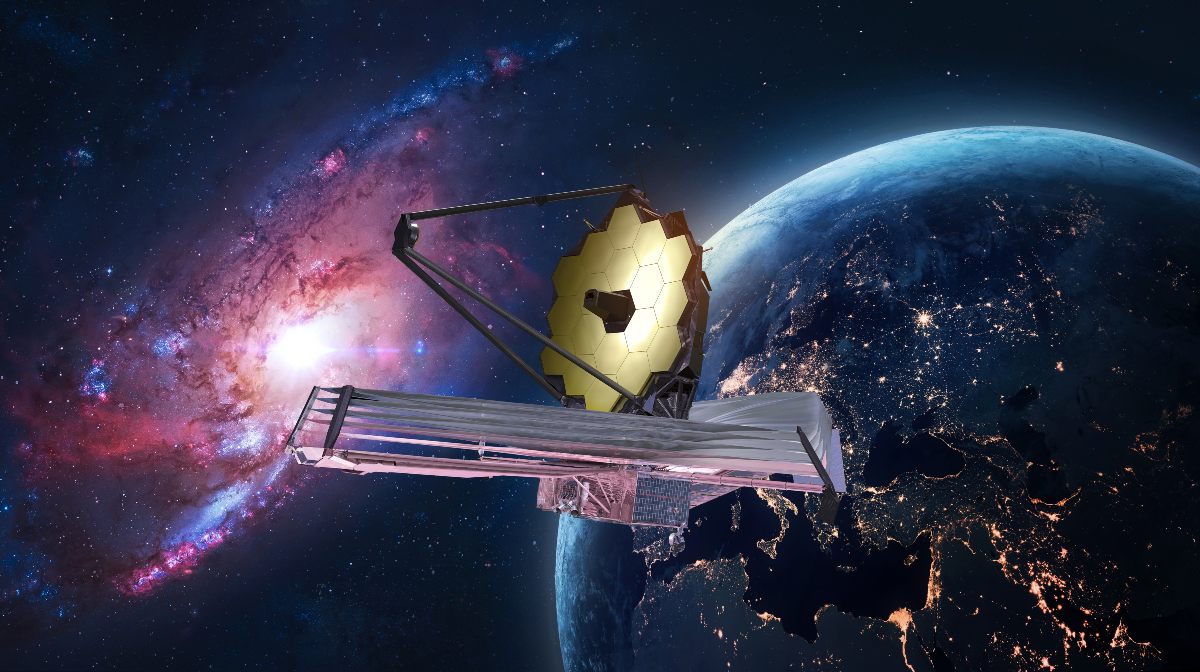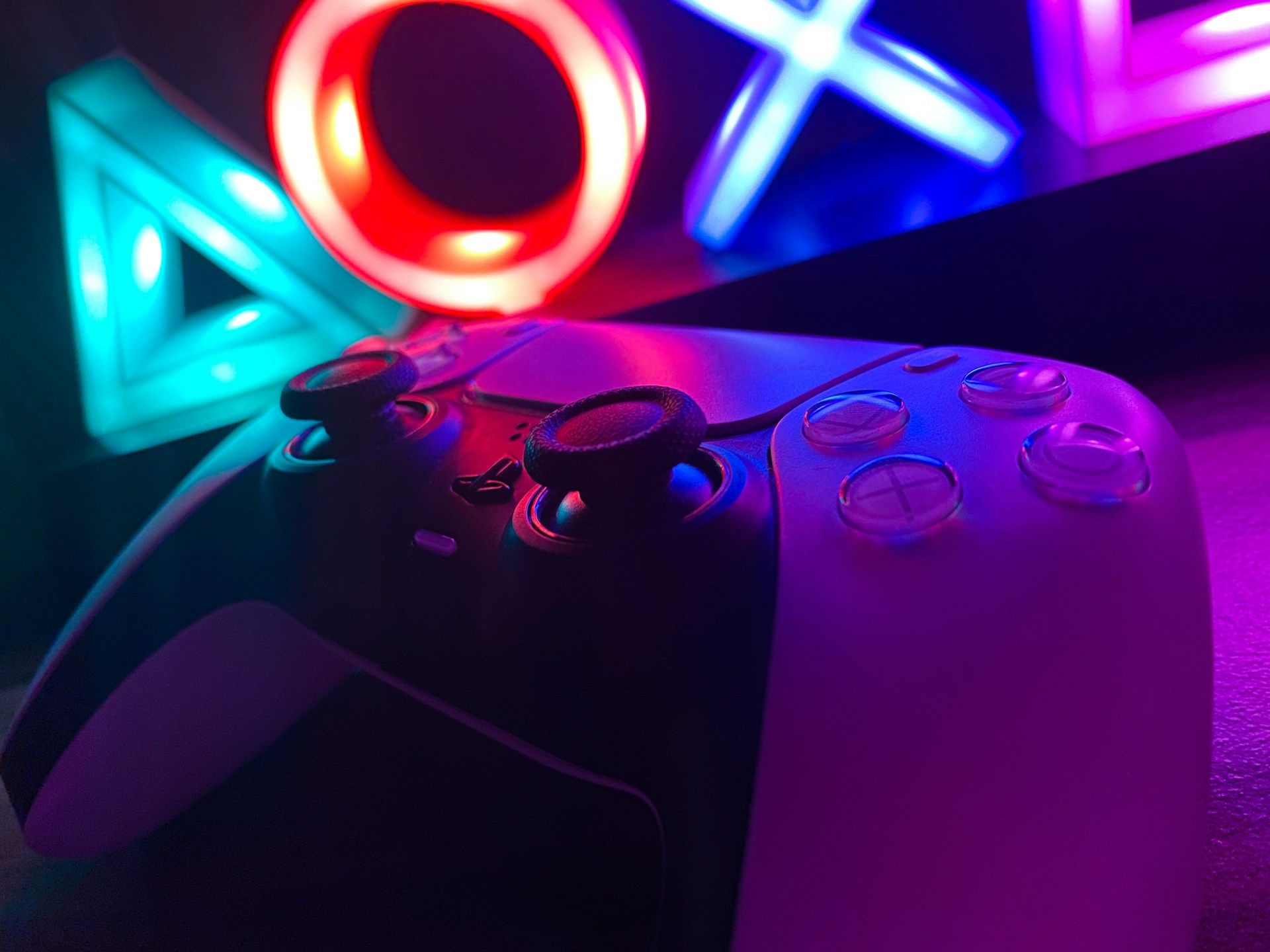“I am the world’s first robot artist and it’s great to bring art and technology to society, and to raise an ethical discussion about the future at the same time.” This is what Ai-Da comments in an interview given to the EFE news agency. She is able to perform certain human-like actions, such as painting or talking, all thanks to artificial intelligence in conjunction with a simulation model, known as Human-in-the-loop or HITL.
Ai-Da, the world’s first robot artist, also has her first exhibition called “futures without guarantees”. So, if you have the great chance to see with your own eyes what he is capable of, you should know that the exhibition of his works is at Saint John’s College, Oxford only until July 6.
To give you an idea of what he can do, Pablo Picasso and the expressive nature of his painting “Guernica” (1937), were the reference points for his paintings, which take about 45 minutes to finish.
Robot artist: reflecting the fragmented reality of today’s digital world
He has a robotic arm, a pseudo-human expression and as a finishing touch, cameras installed in his eyes. Your name? Well, simple: Ai-Da is the combination of the acronym for Artificial Intelligence (AI) and the syllable “Da” in honor of the English mathematician, computer scientist and writer Ada Lovelace.
Its creator was Aidan Meller, a British art dealer who decided to embark on the project in 2017. He did so, after concluding that the connection of great artists of history such as Michelangelo Buonarroti, Leonardo da Vinci, Pablo Picasso or Andy Warhol somehow managed to capture the essence of their time.
For this reason, he states that this android is the new “zeitgeist” (spirit of our time), as it reflects “the great themes that will emerge in the next ten years”.
In addition, Meller added:
“She is the mirror of the future and puts on the table questions such as what are all the technological transformations we are witnessing going to mean, what kind of world are we building? Or is this the kind of future we want?
For her part, this robot artist considers herself a fan of Yoko Ono and sculptor Doris Salcedo, and is becoming famous for her particular expressionist style with which she intends to reflect the fragmented reality of today’s digital world.
finally, Meller concludes that:
“The works are not photorealistic and her practice is also about emphasizing the human-machine interrelationship. She is a machine and acts in a human way, but she is still a machine that has no emotions.”
If you liked this article, maybe you can also read: Lovot is the Japanese robot that asks people for attention.




